Introduction
In the realm of culinary arts, understanding the precise cooking times for various ingredients is paramount to achieving a dish that is both flavorful and nutritious. Among the myriad of ingredients that grace our kitchens, fresh shiitake mushrooms stand out due to their unique taste, texture, and health benefits. These mushrooms, native to East Asia, have become a staple in many cuisines worldwide, adding an earthy, savory depth to dishes ranging from stir-fries to soups. However, the question often arises: how long should fresh shiitake mushrooms be cooked to ensure they are fully cooked yet retain their desirable qualities? This article delves into the intricacies of cooking fresh shiitake mushrooms, exploring various cooking methods, their impact on the mushrooms’ texture and flavor, and the optimal cooking times to achieve perfection.
Understanding Fresh Shiitake Mushrooms
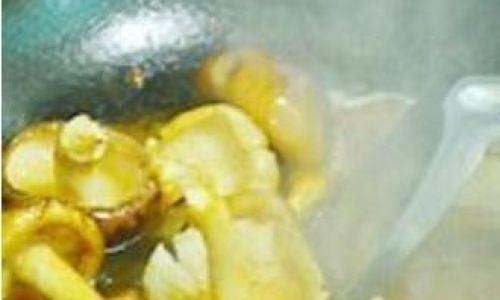
Before diving into the cooking process, it’s essential to understand the basic characteristics of fresh shiitake mushrooms. Shiitake mushrooms (Lentinus edodes) are characterized by their large, umbrella-shaped caps and thick stems. Their caps can vary in color from light brown to dark brown, often featuring a distinctive white or grayish underside. Fresh shiitake mushrooms have a robust, earthy flavor with a slightly sweet and nutty undertone, making them an excellent addition to a wide array of dishes.
Nutritionally, shiitake mushrooms are a powerhouse. They are rich in vitamins and minerals, including vitamins B and D, potassium, and fiber. They also contain antioxidants such as ergothioneine and lentinan, which have been linked to various health benefits, including immune system support and cancer prevention. However, to fully harness these nutritional benefits and enjoy the mushrooms’ optimal flavor and texture, proper cooking techniques and timing are crucial.
Cooking Methods for Fresh Shiitake Mushrooms
The cooking time for fresh shiitake mushrooms can vary depending on the method used. Here are some popular cooking methods and their respective cooking times:
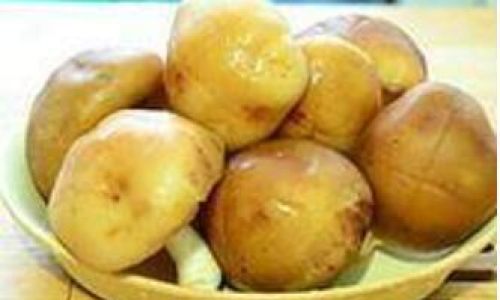
- Sautéing
Sautéing is a quick and effective way to cook fresh shiitake mushrooms, bringing out their natural flavors and creating a golden-brown, caramelized exterior. To sauté shiitake mushrooms, start by cleaning them gently with a damp cloth or paper towel to remove any dirt or debris. Slice the mushrooms into thin strips or bite-sized pieces, depending on your preference.
Heat a small amount of oil (such as olive oil, butter, or a combination of both) in a skillet over medium-high heat. Once the oil is hot, add the mushrooms in a single layer, ensuring they are not overcrowded. Allow them to cook undisturbed for a few minutes until they begin to brown and release their juices. Then, stir occasionally until they are evenly browned and tender, which typically takes about 5-7 minutes. Season with salt and pepper to taste, and remove from heat.
- Stir-Frying
Stir-frying is another popular method for cooking fresh shiitake mushrooms, especially in Asian cuisine. This method involves cooking the mushrooms over high heat with a small amount of oil, often in combination with other ingredients like vegetables, meat, or tofu.
Prepare the mushrooms as described for sautéing. Heat a wok or large skillet over high heat and add a tablespoon or two of oil. Once the oil is hot, add the mushrooms and stir-fry for about 3-5 minutes, until they are tender and lightly browned. If you are stir-frying with other ingredients, add them according to their cooking times, ensuring everything is evenly cooked. Season with soy sauce, garlic, ginger, or other desired spices and remove from heat.
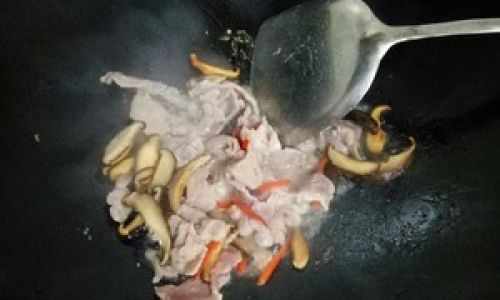
- Roasting
Roasting fresh shiitake mushrooms is a great way to achieve a crispy exterior while keeping the interior tender and juicy. This method is perfect for those who enjoy a bit of crunch in their mushrooms.
Preheat your oven to 400°F (200°C). Clean and slice the mushrooms as desired. Toss them in a bowl with olive oil, salt, pepper, and any other desired seasonings. Spread them in a single layer on a baking sheet and roast for about 15-20 minutes, stirring occasionally, until they are golden brown and tender.
- Steaming
Steaming is a healthier cooking method that preserves the mushrooms’ natural flavors and nutrients. It’s particularly suitable for those who prefer a softer texture.
Prepare a steaming basket and fill the bottom of a pot with an inch or two of water. Bring the water to a boil. Clean the mushrooms and place them in the steaming basket. Cover the pot and steam for about 5-7 minutes, until the mushrooms are tender. Season with salt and pepper to taste.
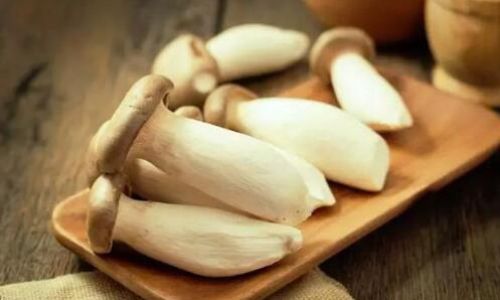
- Soup and Stews
Adding fresh shiitake mushrooms to soups and stews is a wonderful way to infuse the dish with rich, earthy flavors. The cooking time will depend on the overall cooking time of the soup or stew.
Clean the mushrooms and slice them into bite-sized pieces. Add them to the soup or stew during the last 15-30 minutes of cooking, depending on the desired texture. If you prefer a softer texture, let them cook for the full 30 minutes. For a firmer texture, add them in the last 15 minutes.
Factors Affecting Cooking Time
Several factors can influence the cooking time of fresh shiitake mushrooms, including:
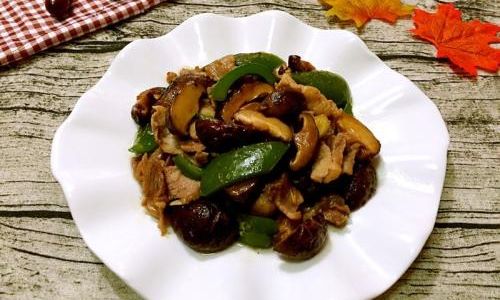
- Size and Thickness: Larger or thicker mushrooms will take longer to cook than smaller or thinner ones.
- Temperature: Cooking at higher temperatures generally speeds up the cooking process.
- Desired Texture: Some recipes may call for a softer, more tender texture, while others may prefer a firmer, more crispy result.
- Other Ingredients: When cooking shiitake mushrooms with other ingredients, the overall cooking time may be affected by the cooking times of those ingredients.
Tips for Perfectly Cooked Shiitake Mushrooms
- Don’t Overcrowd the Pan: When sautéing or stir-frying, ensure the mushrooms are not overcrowded in the pan. This allows for even cooking and prevents steaming, which can make the mushrooms soggy.
- Use High Heat: For sautéing and stir-frying, use high heat to create a caramelized exterior. This not only enhances flavor but also helps to cook the mushrooms more quickly.
- Season Well: Shiitake mushrooms have a strong flavor, but they can still benefit from seasoning with salt, pepper, and other spices to bring out their best qualities.
- Don’t Overcook: Overcooking can lead to a mushy texture. Be attentive to the cooking process and remove the mushrooms from heat once they reach your desired texture.
Conclusion
In conclusion, the optimal cooking time for fresh shiitake mushrooms depends on the cooking method and the desired texture and flavor. Sautéing, stir-frying, roasting, steaming, and adding them to soups and stews are all viable options, each yielding a slightly different result. By understanding the basic characteristics of shiitake mushrooms and the factors that affect their cooking time, you can achieve perfectly cooked mushrooms that enhance the flavor and nutritional value of your dishes. Whether you prefer a crispy exterior, a tender interior, or a combination of both, with the right techniques and timing, fresh shiitake mushrooms can be a delightful addition to your culinary repertoire. So, the next time you’re in the kitchen, don’t hesitate to experiment with these versatile mushrooms and discover the perfect cooking time for your taste preferences.
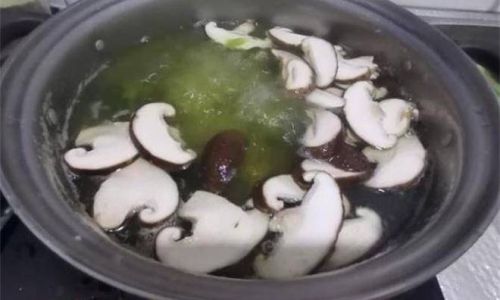
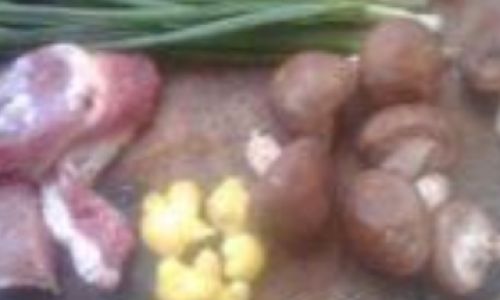
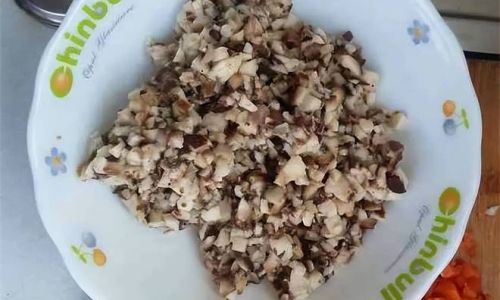
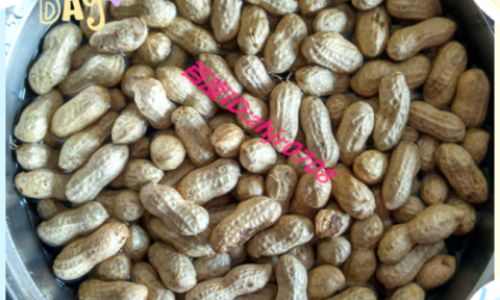

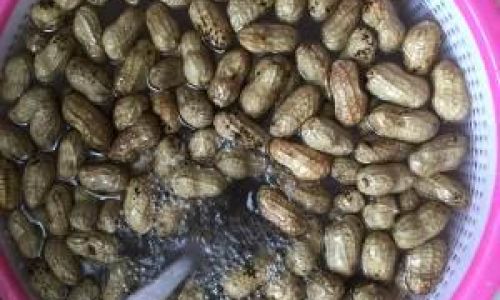
0 comments